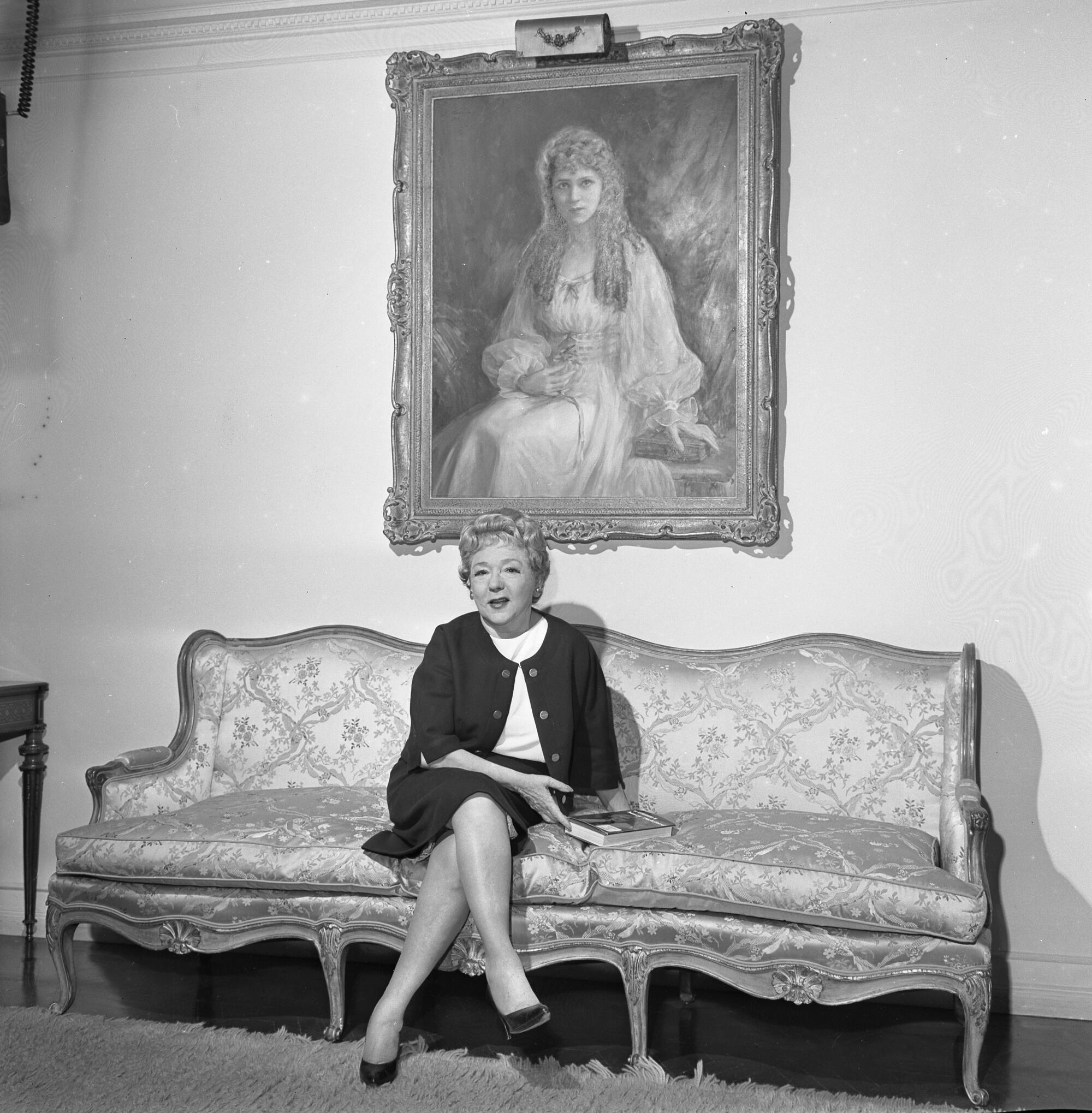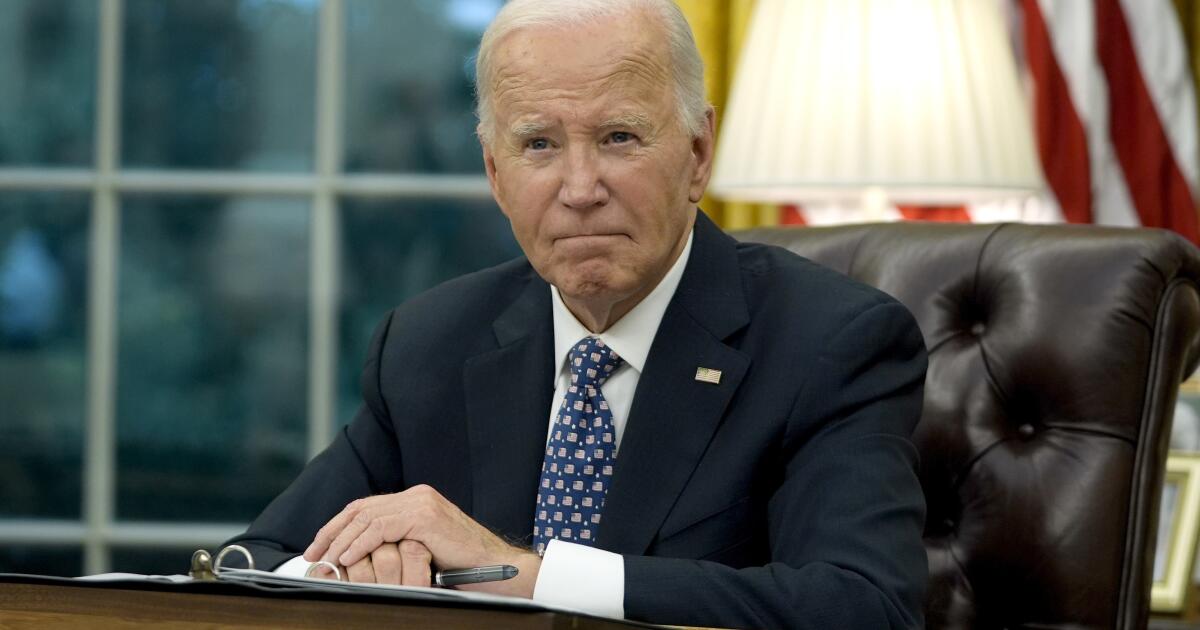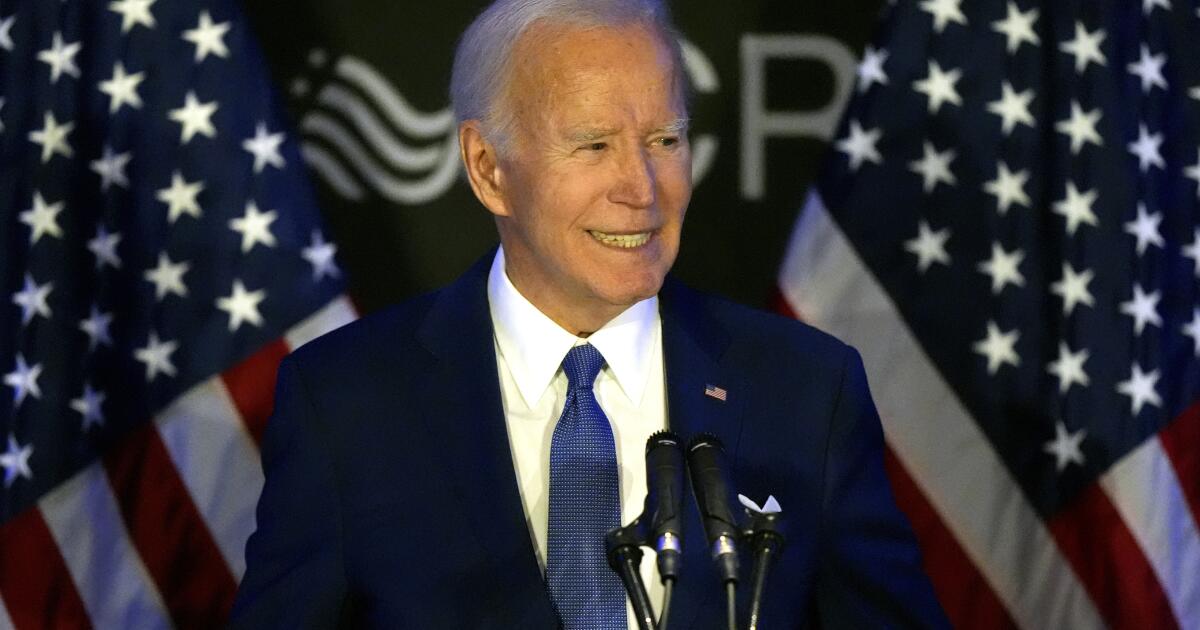Mary Pickford speaks from another age
“Just let me go tell her you’re here.”
Former Matinee idol Buddy Rogers bounded by the winding staircase to the third floor of his Beverly Hills mansion and called to his wife of 37 years: “Mary, darling. You have a visitor, pet.”
There were murmurs upstairs. Then Rogers walked slowly down the white steps to his visitor beneath the portrait of Mary Pickford in the spacious living room.
He shrugged and shook his head. “Mrs. Rogers would like to see you, darling, but she’s in the shower, dear.”
The scene is usually the same whenever anyone calls on the admired queen of the silent films. She is either sleeping or in the shower, always “unavailable.”
Hundreds have been party guests of Buddy Rogers at fabled Pickfair in the last decade, but none has ever seen Miss Pickford. Even her stepson, Douglas Fairbanks Jr., doesn’t see her when he spends an occasional week in the guest cottage.
One of her last interviews was in 1965—to an English silent film historian who has tried many times to see or phone her. But she is unavailable.
Mary Pickford, who will be 80 in April, is upstairs in her bedroom in a self-imposed seclusion that has lasted nearly two decades.
She was the first real movie star, a pioneer of the movie colony, coming to Hollywood when it was no more than a country village. She was America’s Sweetheart of the early 20th century—famous for her golden Mary-Jane curls, dimpled chin and simple charm. They called her Goldilocks.
Rogers—tanned, athletic and manicured at 68—shook his head affectionately. “She just doesn’t go out. But she’s doing great, darling. I took her out for a drive last week, but she said it made her nervous and she wanted to go home.”
Pickfair, 1974, is a museum—once called the “White House of Hollywood”—where U.S. Presidents, foreign heads of state, financiers and famous authors paid court to Miss Pickford.
Contemporary accounts of those gleaming parties come so vividly to mind while in the mansion that one can almost hear music and laughter, faint and incessant, from the garden and the cars going up and down the heart-shaped drive.
In the old days, guests at Pickfair could ride horses through the mountains to the Pacific Ocean and pass only one house along the way.
But time and progress have taken their toll on Pickfair. Only five of the original 15 acres remain. Five $150,000 homes were built on what used to be her vegetable garden.
A china set that Napoleon gave Josephine in 1807 is locked inside a glass cabinet. The mansion property and artistic contents are valued at $2 million.
The big rooms and high hallways are full of Frederic Remington paintings, early 18th-century antiques from Europe, Chippendale chairs and mirrors and Victorian tables. A sterling silver urn, given to Miss Pickford by the queen of Siam, is also in a glass case.
Film awards—including the first Oscar for the best performance by an actress in sound—are scattered around.
In almost every room as portraits of Miss Pickford staring down from the walls—at stages of her life from 18 to 59.
Rogers points out every detail eagerly. “Look here, darling.”
He leads the visitor into the small “Rodin Room,” named after Auguste Rodin (1840-1917), father of modern sculpture. There are his rare sketches of nude dancing women, which Miss Pickford bought almost half a century ago.
Ultimately, Rogers confided, the visitor would get her audience with Miss Pickford after all —after a fashion.
He dialed his wife on a house phone on a small table.

Mary Pickford in lace gown, ca. 1930
(Bettmann / Bettmann Archive)
“Yes, darling, she’s here,” he said. “She’s a young one, dear.”
He handed over the phone. “Mrs. Rogers wants to talk to you, sweet. She’s so happy you’re hear, darling.”
Gusty Santa Ana winds slapped hard against Pickfair, howling loudly, rattling closed windows.
“Boy! If I were outside right now I’d feel like hen caught in a tornado,” Miss Pickford laughed. It was fresh and spontaneous laughter.
It was the kind of voice that the ear follows up and down as if each syllable were an arrangement of notes that would never be played again. Her voice was sad and lovely and grandmotherly, but with bright things in it.
“I just hopped out of the tub,” Miss Pickford said. “I’d come down and chat with you but my hair isn’t fixed. I’m afraid I’d have to get all dressed up for you.”
She said she enjoys the privacy and rest long denied her after all the busy years in the public eye as one of the world’s wealthiest and most beautiful women.
“Yes, I miss my career, certainly,” Miss Pickford said. “But I feel I’ve earned this rest. I used to work from 6 in the morning until midnight—the actress by day, the producer by night! Ut was a struggle. I never had time to myself.
“This is the first time in my life without constantly being interrupted.”
She did not specify what has intruded on her solitude for the last decade or more, but said she now goes nowhere—not to movies, nor to shows, nor out to dinner, nor even shopping. “I’ve chosen this way of life for myself,” she said. “I like my privacy.”
She said she reads mysteries and newspapers, dictates, looks out of her bedroom windows at Los Angeles and Beverly Hills, listens to records and watches television.
“I’m reading all about the devil,” Miss Pickford confessed. “I think all this exorcism business is a hoax. Buddy says the movie is scary and I don’t like to be scared.”
Rogers sat slumped in a nearby armchair watching, amused.
Miss Pickford is aware she is different from other silent stars who have kept busy and still earn honors on stage and screen despite their ages.
(Lilliam Gish, a close friend of 75, often appears in comedies as a little old lady. Gloria Swanson, the same age, is on Broadway and TV. Marlene Dietrich still does her famous songs at nightclubs and theaters at 74.
(Mae West, 83, likes to stay public and recently judged a UCLA kissing contest. And Helen Hayes is starring in a new, prime-time TV series called Snoop Sisters. She’s 73).
It’s been so long since I met the public,” she said. “People are so nervous these days. I don’t think people would have the patience to listen to me…
“I played little girls, you know. Actresses can’t go on and on forever doing that type of role. I can’t imagine Jack Benny being 80, can you? And yet he’s kicking around all the time on TV. Women can’t get away with that like men can.

Pickford disappeared from public view for more than a decade not long after this photo was taken of her at her Pickfair Estate in 1963.
(Los Angeles Times)
“Although I often dream I am before the cameras again. The other night, I imagined myself in a long shot and wondered if I should not redo my hair for it…”
She paused, then said musingly, “I have several pretty house dresses. I could throw one on and come down and talk to you… but I’m too lazy.”
Damn…
Some who have not seen Miss Pickford for years guess that time has not been kind to her. But her business manager, Matty Kemp, 64, describes her as having the “beautiful skin of a baby.” She’s 5-foot-1 and very slim.
“She keeps her hair blonde and has that same winsome smile that everyone remembers,” Kemp said. “You can’t detect a wrinkle on her face.”
Two favorite friends of Miss Pickford are Miss Gish and Mildred Loew (producer Adolph Zukor’s daughter). They visit Miss Pickford once a year when they are in town.
Miss Pickford has not viewed her films for 25 years. They have been shown only twice in the United States since they were locked up in vaults at Bekins and Producers Film Center in Hollywood in 1933.
There they have sat, deteriorating with time. Miss Pickford wanted it that way. She is one of the few stars who owns and controls her films.
Just recently she was persuaded not to order her films burned at her death. She had not wanted to be compared with today’s actresses.
“I always thought of myself as an entertainer for my own generation,” she explained. “That was all that counted. It was Lillian Gish who convinced me that the films belong to the public and that I had no right to destroy them.”
So the Mary Pickford Foundation, run by Kemp, has spent about $260,000 to preserve and restore the films. (Some foreign countries have copies of her movies and show them at special screenings).
Some will be shown this month at film festivals honoring Miss Pickford throughout Europe. Her managers want to test the reaction of other countries before they consider showing them in the United States.
She wants to attend the Paris tribute.
“I’m longing to see Paris again. I got my warmest reception there long ago. I wonder if their reactions to me would be the same. Did you know that I can speak straight French for a half an hour?”
If she goes, it will be her first public appearance since 1965, when she visited Europe.
In the early 1970s, England and France had film tributes for Miss Pickford. There were parades in London and Paris and thousands of people lined the streets to get a glimpse of her. They shouted for her autograph and locks of her hair.
But Miss Pickford was not there. At the last minute, she stayed at Pickfair. Rogers went alone and waved to the crowds for her.
She still misses producer D.W. Griffith.
“No one came close to him,” she said. “He mastered the close-up, the fade-out. No one ever called him David because everyone had the greatest respect for him. He was always Mr. Griffith.”
Miss Pickford also spoke fo Douglas Fairbanks Sr., her second husband. They were considered the world’s most romantic couple.
In films, Fairbanks was the dashing hero who could dispose of 20 adversaries in a running fight. According to Miss Pickford, he was exuberant and often did handstands or leapt over sofas to amuse friends.
“Because he had never outgrown a small boy’s penchant for showing off, he was rarely referred to as Douglas or Mr. Fairbanks,” she said. “It was always Doug.”
She sighed and her voice became sad.
“I got word that my beloved cameraman Charles Rosher died in Portugal. He was a master, too.”
Another pause.
“He once said, ‘I’m not going to shoot this film because there’s a shadow on Miss Pickford’s face.’ I said, ‘Charlie, what does it matter?’ But he insisted. He was so loyal. I don’t know where to send word to his wife.”Miss Pickford said she was appalled by Watergate.
“I can’t see any individuals destroying this country,” she said, vehemently. “The United States is supposed to be the leader of the world and some punks are letting it go to the ashcan. We obviously need some housecleaning.”
(She was a big contributor to President Nixon’s reelection campaign, according to Kemp. During World War I, she also sold $48 million worth of Liberty Bonds for the United States.
(The government wanted her to make war propaganda films then, but she would make only humorous ones. One showed her riding a horse down San Fancisco’s Market St., her golden curls flying in the breeze, leading the 143rd Field Artillery shipward to France.)
Of today’s stars, Miss Pickford said she is most impressed with Katherine Hepburn and Liza Minelli.
But her favorite remains Shirley Temple. “Oh, she was the cutest baby,” she said. “She had more talent than anyone. Too bad she had to retire, but she left us with a lot of beautiful memories.”
She added that there were no actors she was particularly fond of. “Nope. None since Gable,” she said.
There was another deep sigh. Rogers seized on the silence to draw the conversation to a close. “She’s doing great, darling, but I don’t want to tire her out,” he said.
Miss Pickford’s voice started to trail away.
“It was nice talking to you,” she said. “Maybe I’ll see you someday…”












